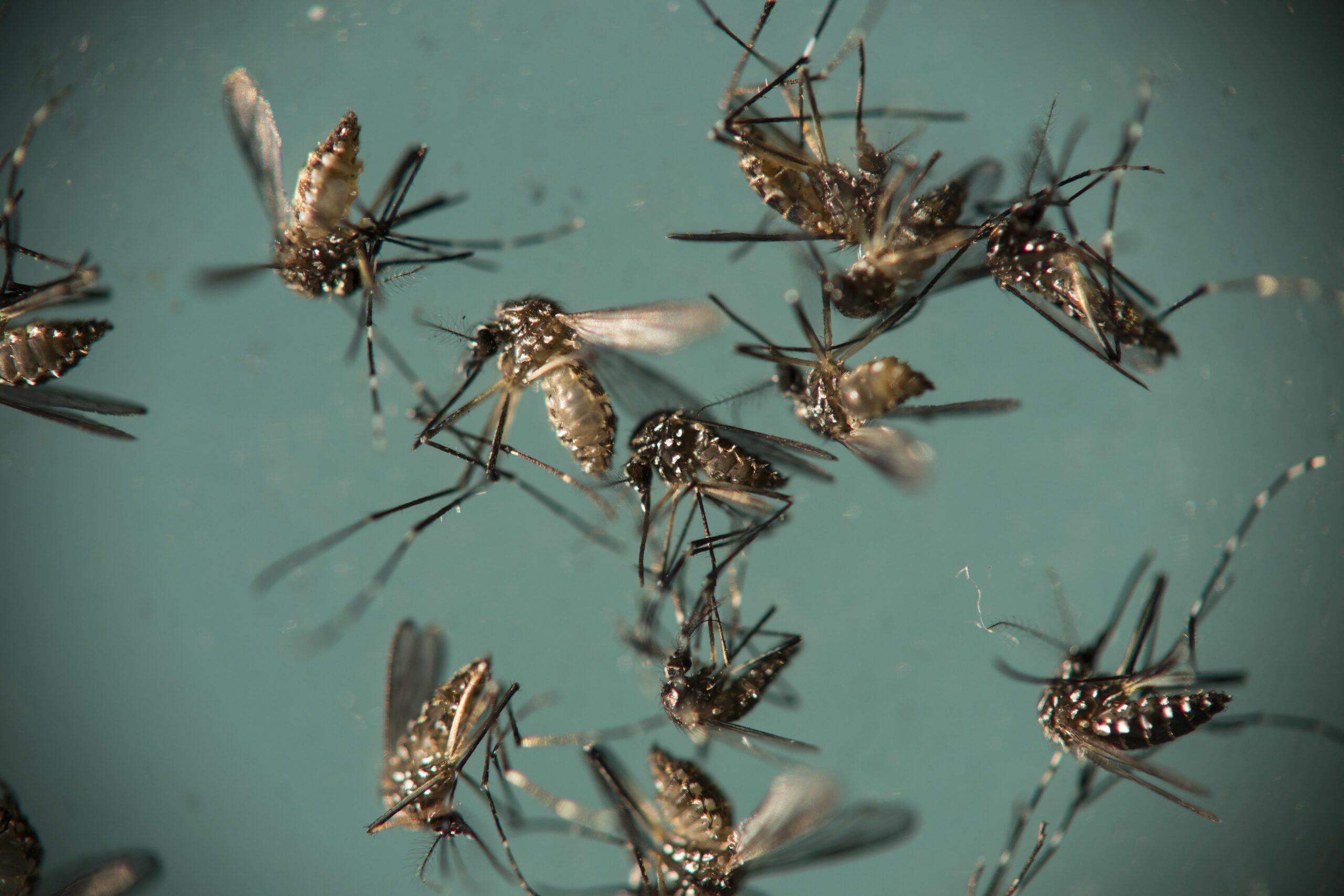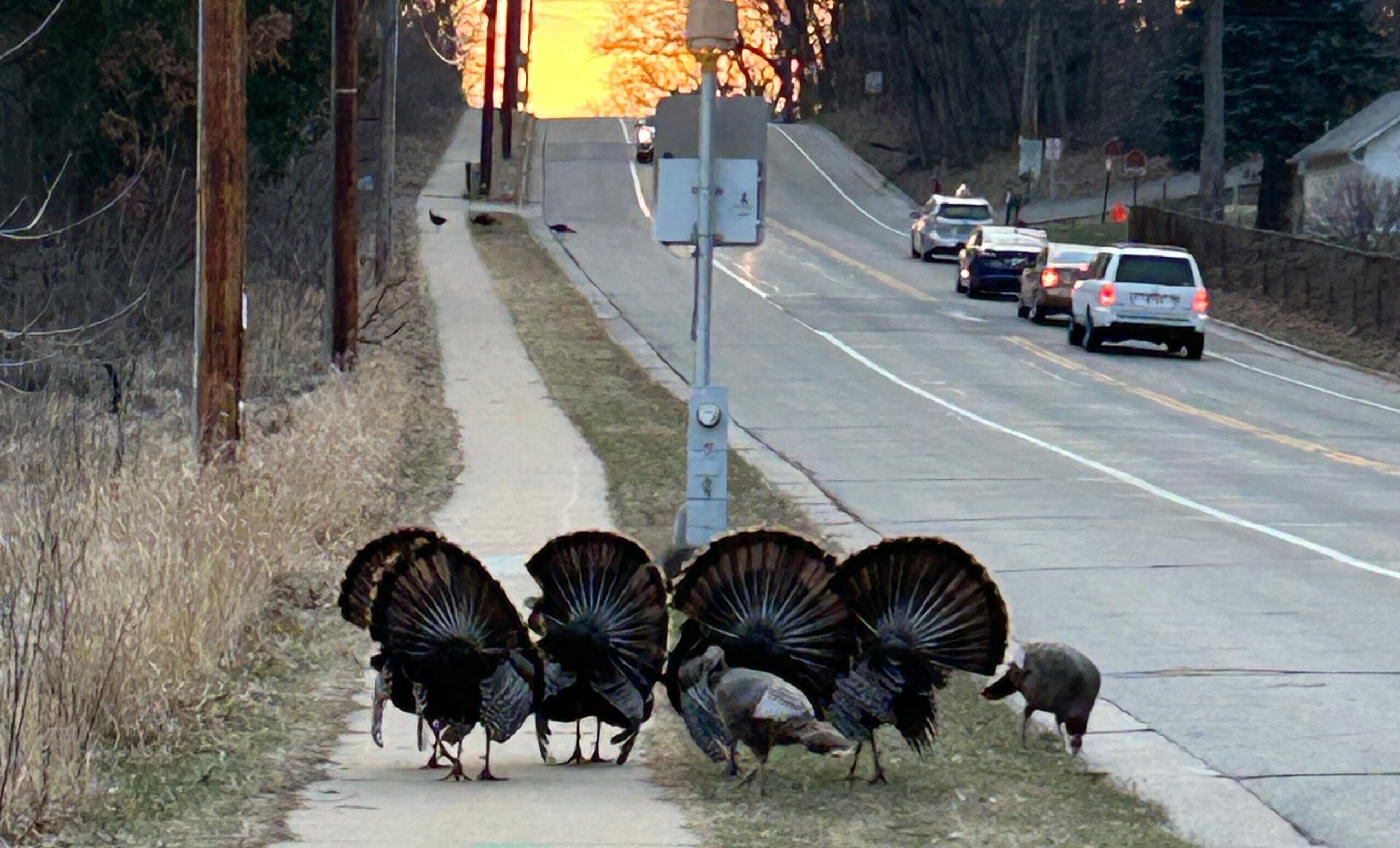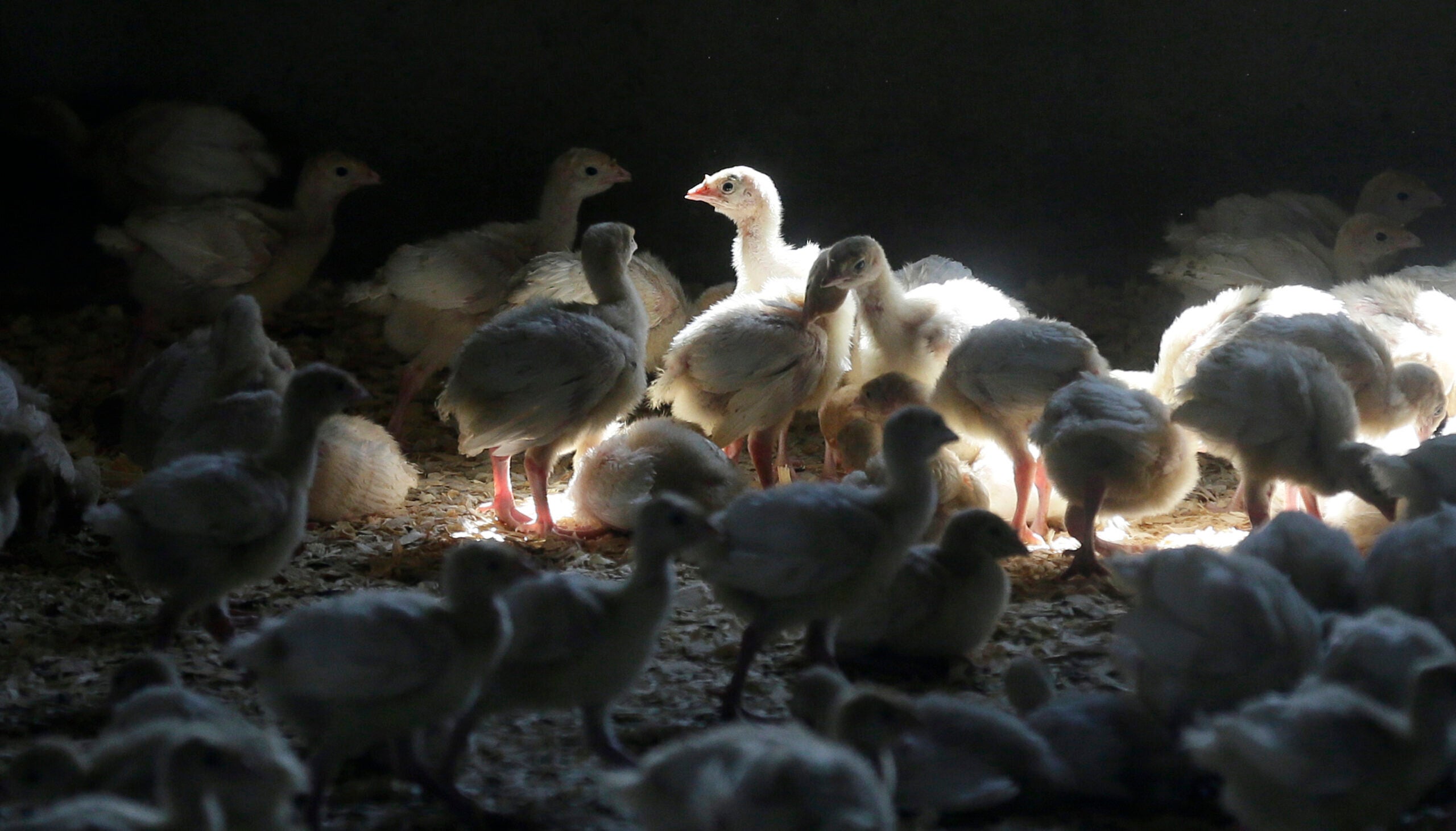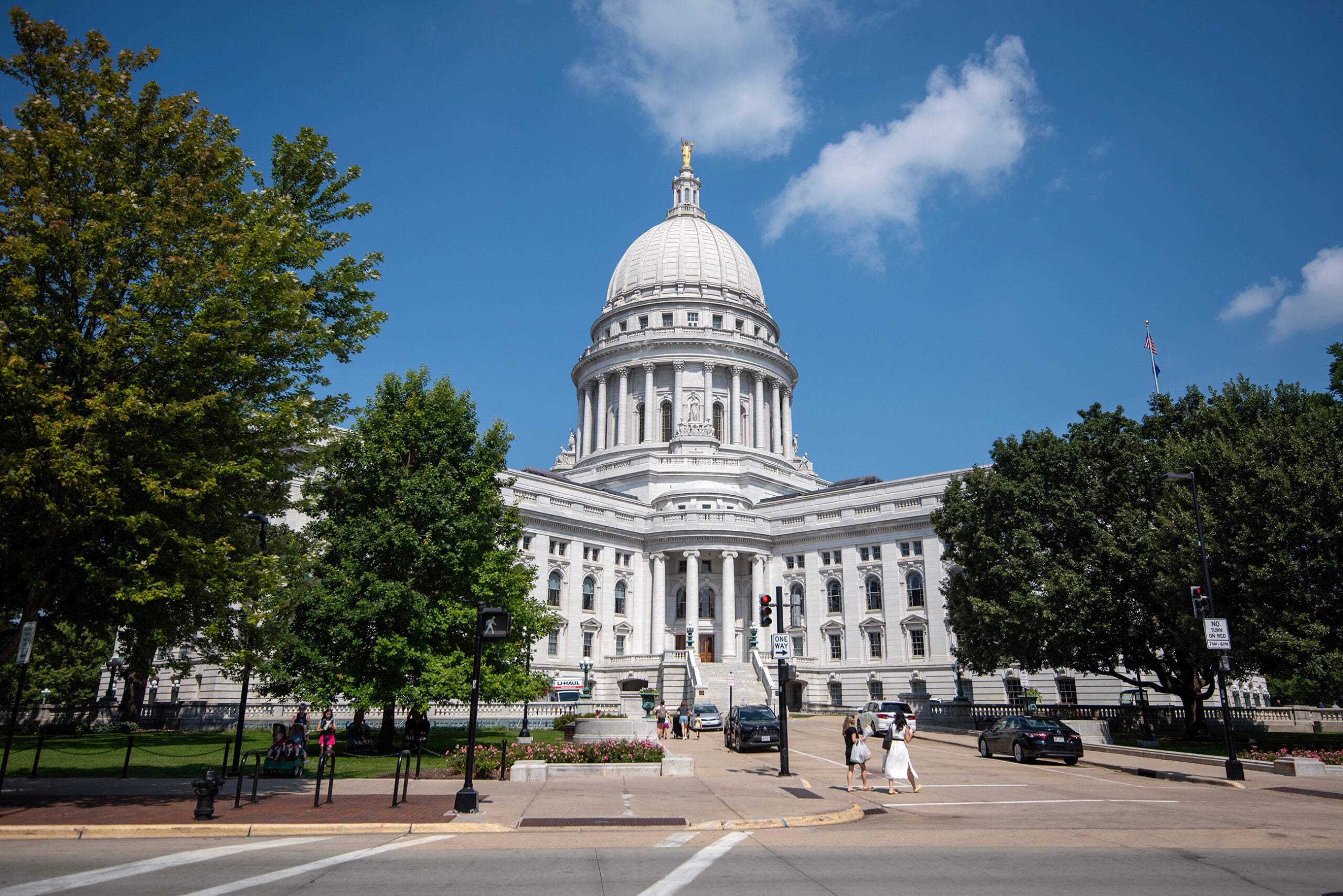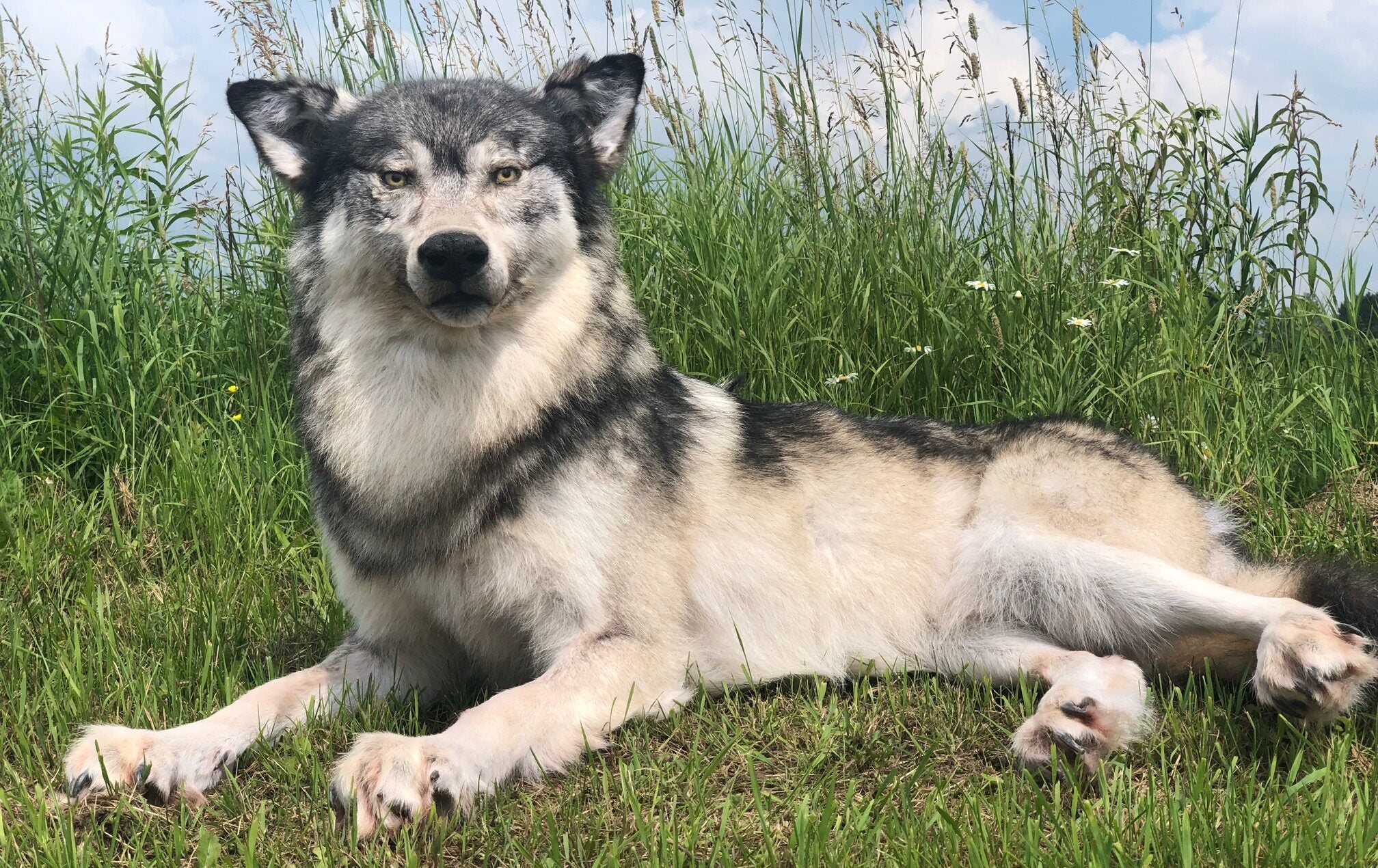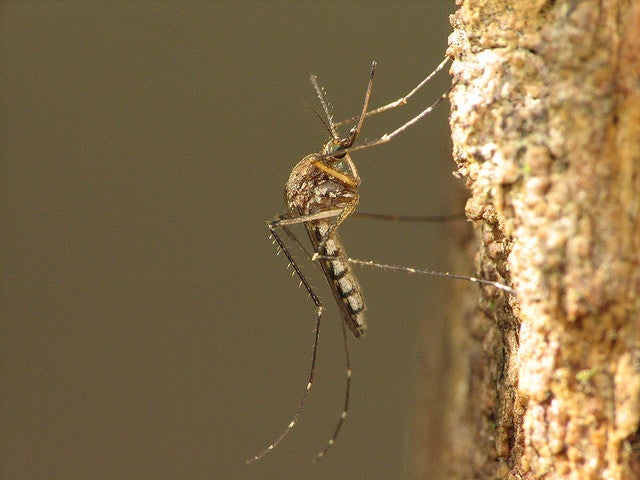Have mosquitoes felt extra annoying this year in Wisconsin?
If so, that’s because they’re likely more prevalent than in previous years. Warm weather plus lots of rain create ideal conditions for mosquito populations.
All major regions of the state are seeing above-average precipitation this year, according to the State Climatology Office.
News with a little more humanity
WPR’s “Wisconsin Today” newsletter keeps you connected to the state you love without feeling overwhelmed. No paywall. No agenda. No corporate filter.
But it can be challenging to gauge exactly how bad mosquitoes are in Wisconsin because the state lacks any major agency dedicated to the control and monitoring of the buzzing insects.
Daniel Huff is executive director of the Metropolitan Mosquito Control District in Minnesota. Huff’s district covers seven counties around the Twin Cities and a majority of the neighboring state’s population. Huff recently told WPR’s “Wisconsin Today” that bad mosquito years are only going to become more common as the climate changes.
“I think mosquito-borne diseases are the biggest risk to us with climate change,” he said, referring to Dengue fever, Zika, malaria and other illnesses. “We are concerned that those diseases will migrate (north).”
Earlier this month, the Wisconsin Department of Health Services reported the first confirmed cases of West Nile virus for the year.
Huff said there are three main kinds of mosquitoes in the Upper Midwest: snow-melt mosquitoes that come in the early spring; summer mosquitoes that arrive around May or June and breed all year long; and cattail mosquitoes, which arrive around Independence Day and are the most “aggressive” breed in the region.
“What a great time for our July Fourth picnics,” Huff said. “And they actually live over winter.”
On WPR’s “Wisconsin Today,” Huff talked about the risks of mosquito-borne disease due to climate change, the prevalence of mosquitoes this year and the work of his agency at controlling and monitoring the insects.
The following was edited for brevity and clarity.
RF: We’re seeing earlier thaws and later frosts with climate change. Is that extending the breeding season for any mosquito varieties?
DH: Absolutely. We’re getting mosquito species that we don’t normally get up here in the Upper Midwest. One of the beautiful side effects of our harsh winters is they kill off a lot of the mosquitoes that you might have down south. But as the winter changes, we risk having mosquitoes move up here and stay, being able to survive our winters now.
When you have a shorter winter and a longer warm spell, you’re going to have more mosquitoes. Mosquitoes need two things to reproduce: they need water and they need warm temperatures. The longer the summer, the more mosquitoes we’re going to have.
RF: Most of us think of mosquitoes as a nuisance. We don’t want to get bit. We don’t want the itches. You’re worried about public health here. What are some of the concerns we have about mosquito season when it comes to communicable diseases?
DH: The Metropolitan Mosquito Control District is at its heart a public health agency. We like to make people’s summers better and more enjoyable. But our primary function is to prevent the spread of diseases that are caused by mosquitoes. You may have seen the statistic that mosquitoes are the most dangerous animal in the world. They kill more humans than any other animal in the world, including other humans. And it’s because they carry disease.
RF: Here in Wisconsin, we do mosquito research through the Universities of Wisconsin, the Department of Health Services and so on. But we don’t have a Metropolitan Mosquito Control District. Tell us a little about this outfit.
DH: The Minnesota Legislature in 1958 set forth that we were going to have a seven-county, independent unit of government whose sole purpose was to track and control mosquitoes. We’re very fortunate to have that. It covers about 3,000 miles. That’s about the size of two Rhode Islands. And by focusing on such a large area, we’re able to control and suppress mosquitoes in the whole region. Mosquitoes can fly about 5 miles. Treating a little area doesn’t mean that you’re protecting the people who live in that little area.
RF: Are there things people can do in their yards to help with mosquitoes?
DH: First of all, get rid of your breeding habitats, your old tarp or little bucket. I’ve seen a picture of mosquito larvae in a Coca-Cola bottlecap. They don’t need a lot of water to grow. Eliminate those sources of water.
And do what you can to promote other beneficial insects and vertebrates, like birds and bats. While they’re not major consumers of mosquitoes, they will consume them. It’s really about reducing the habitat, reducing those little puddles of water that might collect in your yard.

